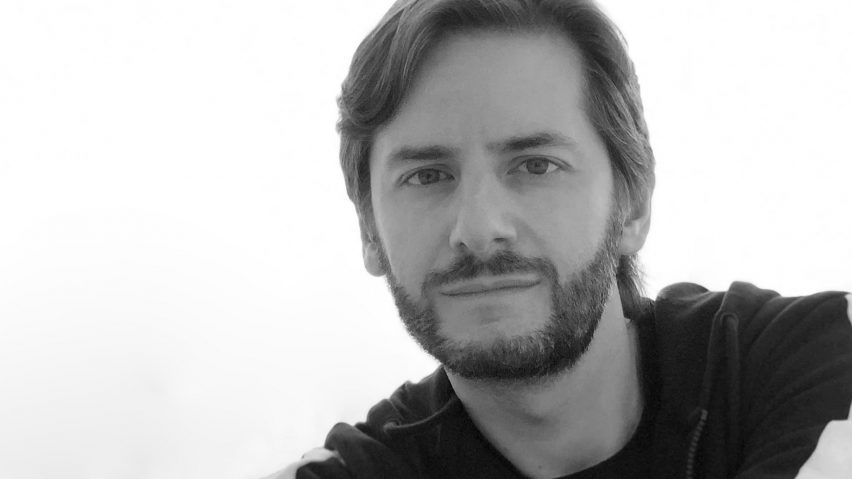
Rise of AI marks the "first time in history where we stop being monkeys" says Arturo Tedeschi
Designing using artificial intelligence is a fundamentally new form of creativity that is tantamount to an evolution of our species, AI-specialist architect and designer Arturo Tedeschi tells Dezeen in this interview.
Tedeschi argued that for the first time in history, developments in artificial intelligence (AI) have allowed humans to abandon their hands as design tools and instead create using thought alone.
"It's the first time probably in history where we stop being monkeys," Tedeschi told Dezeen.
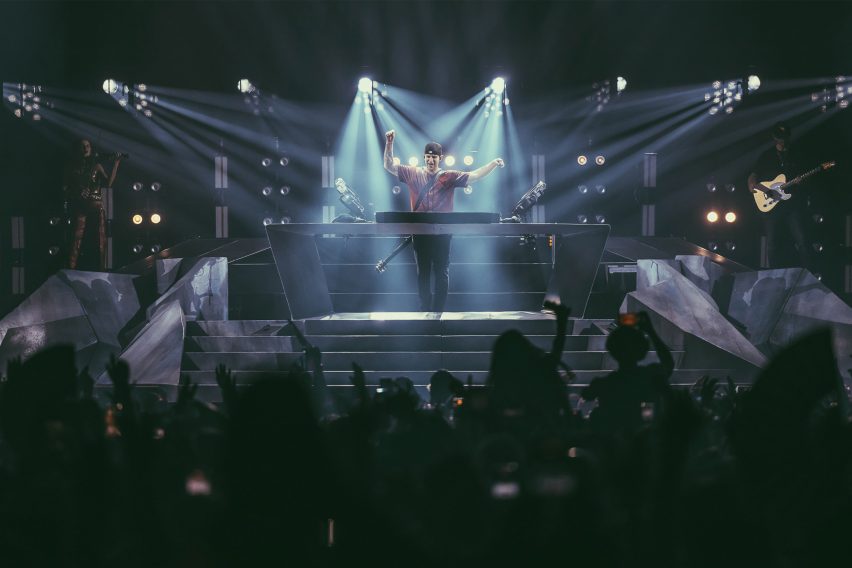
"When we work with 3D-modelling tools and algorithms we are still using a mouse," he continued. "We were still humans, of course, but also some kind of monkey because we use our hands and our fingers."
Instead, designing using AI is an entirely intellectual process, he said, consisting of a two-way communication between the human designer and the system that marks a profound shift in the creative process.
"For the first time, we [are] actually starting to communicate with the computer in order to get something back," he explained.
"I realised that we were abandoning the hands in order to have a new kind of human-computer interface that was mind-blowing to me."
"We are experiencing a very fast evolution of these tools"
Tedeschi is a Milan-based architect and computational designer who first started working with algorithmic-aided design in 2004.
He has since worked as a consultant offering services relating to AI, algorithmic modelling and digital fabrication, as well as creating concepts for Milan's trams and collaborating with Ross Lovegrove on a footwear project.
In 2022, Tedeschi was selected by leading AI lab OpenAI to test the early systems of its image-generating model, DALL-E 2.
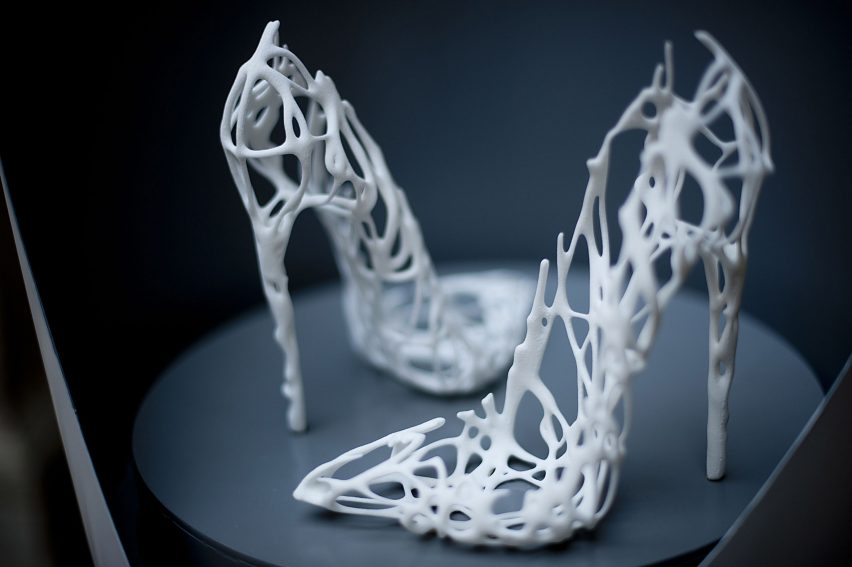
Tedeschi noted the fast development of AI and believes that, if the rate of advancement continues, diffusion models such as DALL-E and Midjourney will soon be able to transform text or sketches into 3D works.
"It's very important to say that we are experiencing a very fast evolution of these tools."
"The next step will probably be diffusion models that will maybe turn text or sketches into 3D and that will be really game-changing for a lot of industries."
Tedeschi recently used AI to assist with the beginning phases and ideation of designing a stage for a musician. He said that through using AI systems he was able to "expand his vocabulary" and think outside of the box.
According to Tedeschi, humans have begun to neglect ideation and the initial stages of creative conception when designing. He believes AI advancements will help to bring ideation back to the forefront of the creative process.
"AI is separating ideation and process," he said. "Even more centrally to ideation, we can see the absence of human beings and improvement."
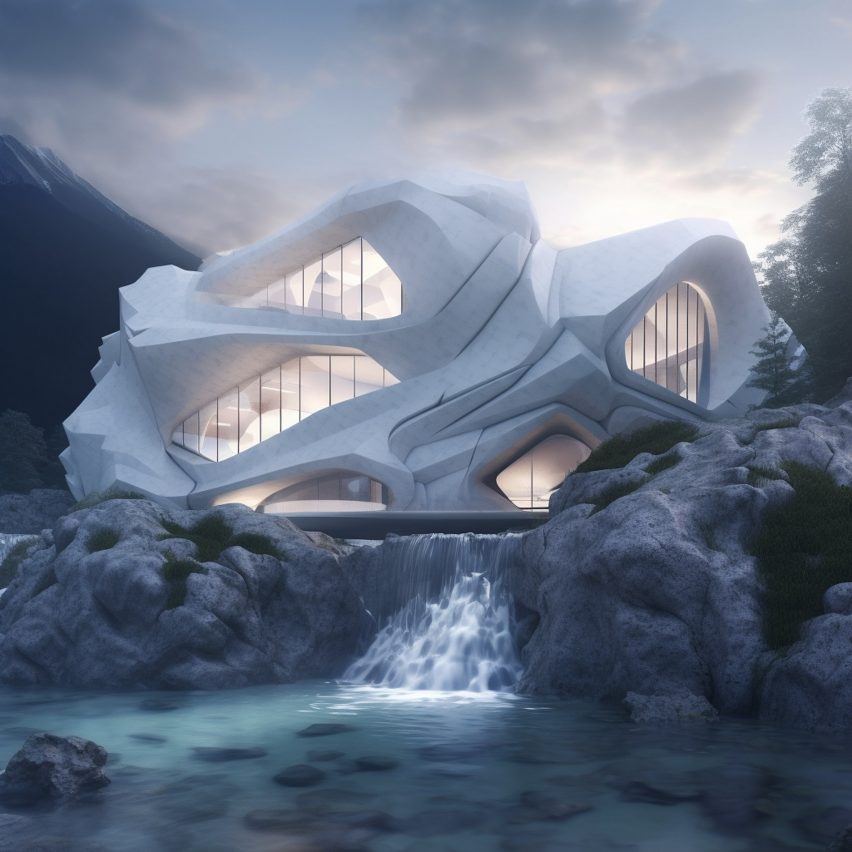
"I guess that we've failed on so many levels during the last 50 years because we forget about ideation and we focus only on process," he added.
"The problem with process is that you are totally absorbed by the present without thinking about the future. I'm sure that the future of our profession will see a change in its DNA."
"We probably will enter a new creative area where it will be very important to have a story to tell rather than a process to apply."
"I'm not scared AI will kill humanity"
AI is delivering a new design language that represents a departure from existing popular aesthetics, Tedeschi added.
"There will probably exist a new race, a new breed of designers," he said. "This is something that is already happening, if you open Instagram or you go on LinkedIn or Pinterest, you can see this new language and new design solutions."
"I guess it will be a new world super-rich of symbols, more colourful probably – or if not, more colourful in a metaphoric way – rich in terms of stimuli, and for sure we are probably moving from this kind of minimalistic aesthetics into something new."
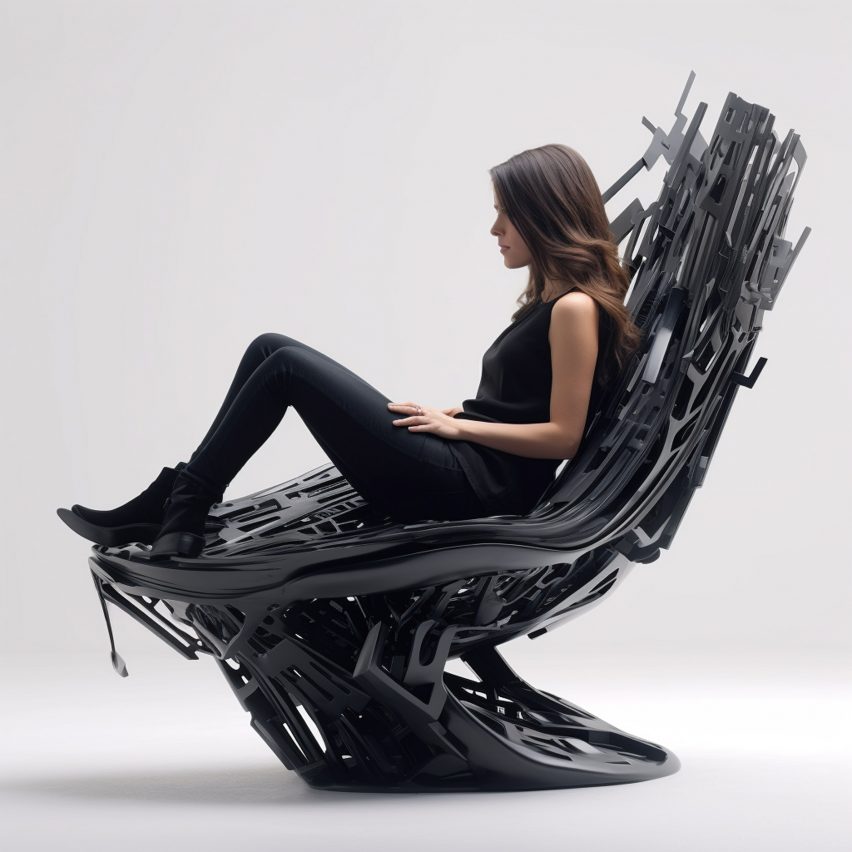
He warns that being slow to adopt and adapt to AI could see people in the creative industries suffer.
"When AI developers say we have to slow down, we need to somehow curb the evolution, to me it is because people are not prepared for the incredible change in so many areas."
"This is just my opinion, of course. I'm not scared that AI will kill humanity. I'm scared maybe or concerned about the effect in so many areas since AI will shorten [processes]."
"People that will not be able to embrace this change will probably suffer under this new change," he said. "This is completely new for human beings."
The images are courtesy of Arturo Tedeschi.
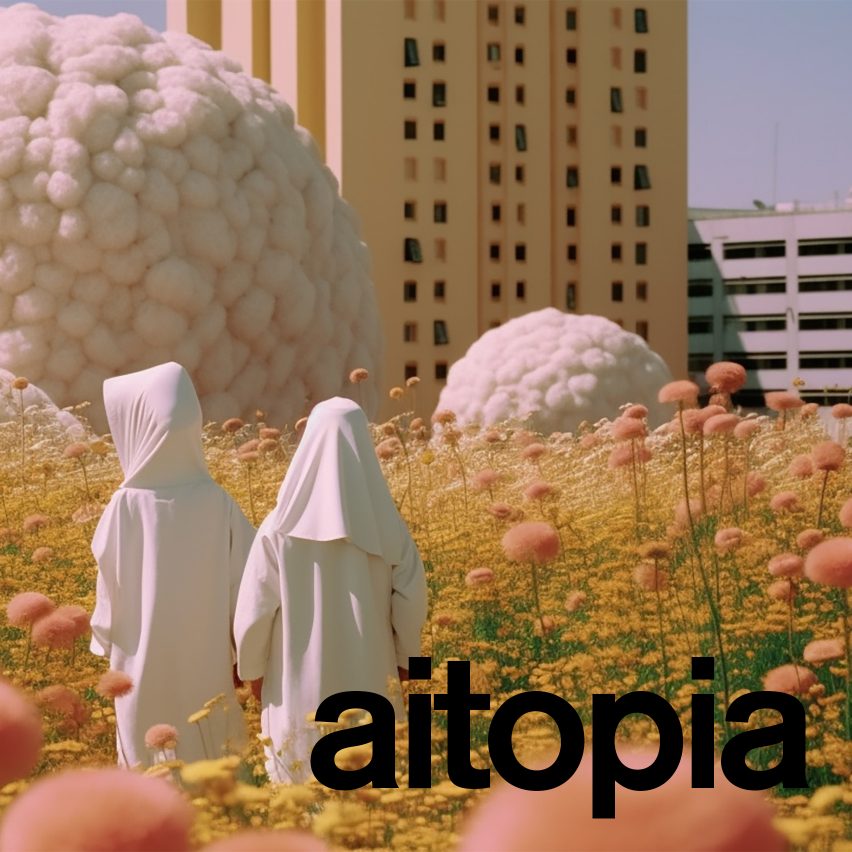
AItopia
This article is part of Dezeen's AItopia series, which explores the impact of artificial intelligence (AI) on design, architecture and humanity, both now and in the future.
Dezeen in Depth
If you enjoy reading Dezeen's interviews, opinions and features, subscribe to Dezeen In Depth. Sent on the last Friday of each month, this newsletter provides a single place to read about the design and architecture stories behind the headlines.